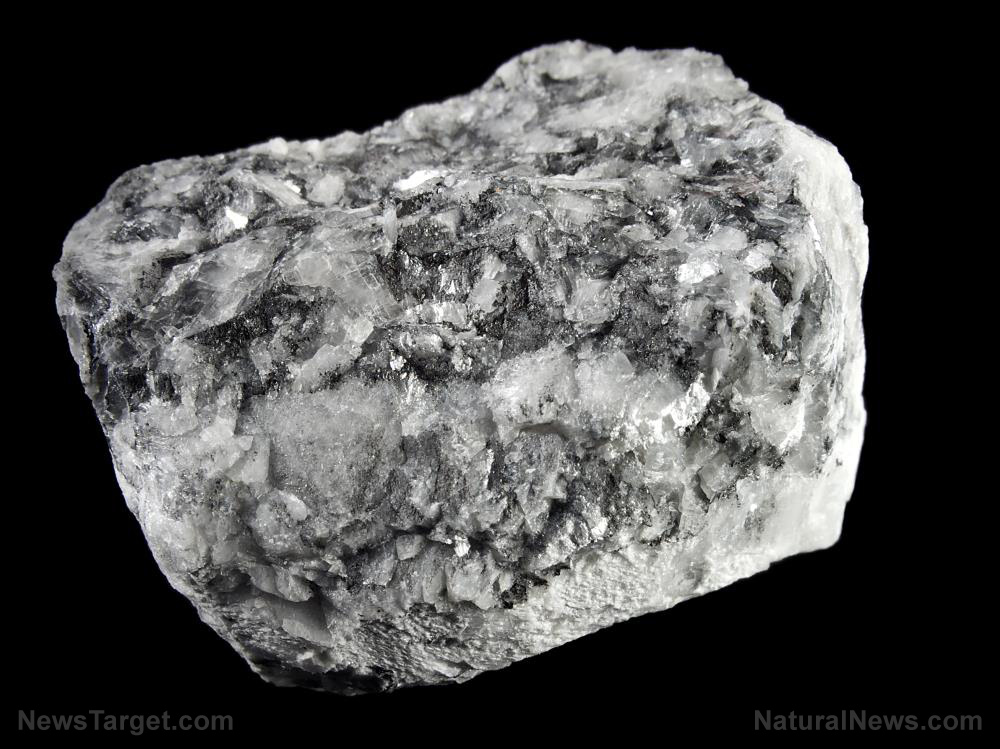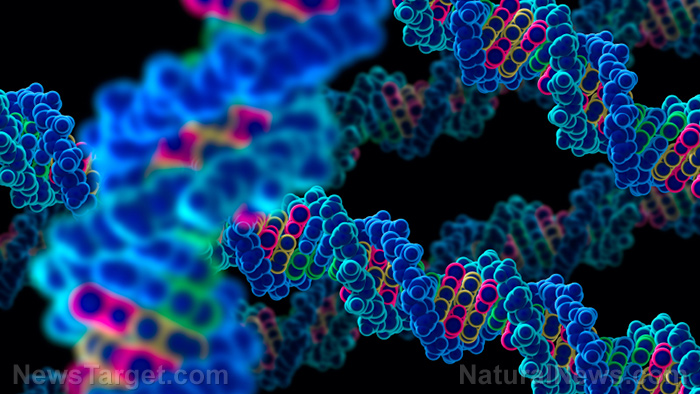Researchers develop incredible new material from silver tungstate that has antifungal and antitumor properties
10/30/2020 / By Virgilio Marin

Researchers from Brazil, Spain and Czech Republic have developed a new material from silver tungstate that can kill fungi and help fight cancer.
In a paper published in the journal Scientific Reports, the researchers explained how they made the material by irradiating silver tungstate. The researchers found that doing so increased the material’s antifungal and antitumor properties while making it safer for use.
Antifungal properties of silver tungstate material
Silver tungstate is an inorganic compound that belongs to a class of semiconductors called ternary tungsten oxides. Materials made of tungsten oxides are used in heat generation, photocatalysis, and energy-related and gas-sensor applications. Attention is also being given to silver tungstate for its potential applications in medicine, particularly when silver nanoparticles were grown on its surface.
Silver nanoparticles exhibit diverse bioactivities given their antiviral, bactericidal and antifungal properties, as well as anti-cancer and anti-inflammatory effects.
In a 2018 experiment, the researchers irradiated pure silver tungstate with electrons and laser light in pulses lasting a few femtoseconds (fs). One fs is equivalent to a quadrillionth of a second.
They observed that tiny “hairs” grew on the molecules of the “composite” silver tungstate. These “hairs” turned out to be the filaments of silver nanoparticles extracted from the material, according to corresponding author Elson Longo of the Federal University of São Carlos in Brazil.
For the more recent study, the researchers examined the antifungal and antitumor effects of three different composites of silver tungstate: one irradiated with electrons, one irradiated with a femtosecond laser beam under non-focused conditions and another irradiated the same way, but under focused conditions.
The researchers tested the antifungal properties of these composites on Candida albicans, the fungus that causes candidiasis and thrush. They used the same amount of original silver tungstate required to eliminate the fungus and found that all three composites killed the microbes.
The researchers halved the volume of the composites and again they eliminated the fungus. They repeated the experiment several times and the result was the same for each trial. The antifungal properties of the composites, according to the researchers, were 32 times more powerful than those of the original silver tungstate.
Anti-tumor properties of silver tungstate material
To test the composites’ anti-tumor properties, the researchers conducted experiments with them using bladder cancer cells taken from mice. For 24 hours, the researchers exposed these cells to each of the composites at concentrations of 4.63 micrograms per milliliter (Ug/mL), 11.58 Ug/mL, 23.16 Ug/mL and 46.31 Ug/mL.
The researchers found that all composites significantly reduced cell viability at each dose. On average, the anti-tumor effect of the composites was most effective at a concentration of 23.16 Ug/mL. The most effective composite at this dose was the one irradiated with an fs laser beam under non-focused conditions, followed by the composite irradiated with electrons. This was partly due to the formation of silver nanoparticles on the surface of the two materials, wrote the researchers. (Related: Enzyme Therapy for Cancer Prevention and Treatment.)
The researchers also investigated if the composites are safe for use in human patients. Four concentrations of the silver tungstate irradiated with an fs laser beam were applied on human gingival fibroblasts, the most abundant cell types in the connective tissues surrounding the teeth. These concentrations were above 31.2 Ug/mL, which is the upper limit of the composites’ optimal range of fungicidal activity.
Using quantitative fluorometric assay and scanning electron microscopy, the team evaluated the composites’ effect on cell viability, proliferation and morphology after 24?hours of incubation. Results showed no statistically significant reduction in cell viability at these concentrations compared with the control. This, according to Longo, suggested that the composites pose no risk to human health.
The researchers concluded that the composites of silver tungstate has antifungal and anti-tumor properties and is safe for humans when given at the right dose.
Anticancer.news has more on novel cancer treatments.
Sources include:
Tagged Under: anticancer, antifungal, breakthrough, cancer cures, cancer treatments, discoveries, innovation, materials science, research, silver tungstate
RECENT NEWS & ARTICLES
NewScienceReport.com is a fact-based public education website published by New Science Report Features, LLC.
All content copyright © 2018 by New Science Report Features, LLC.
Contact Us with Tips or Corrections
All trademarks, registered trademarks and servicemarks mentioned on this site are the property of their respective owners.




















